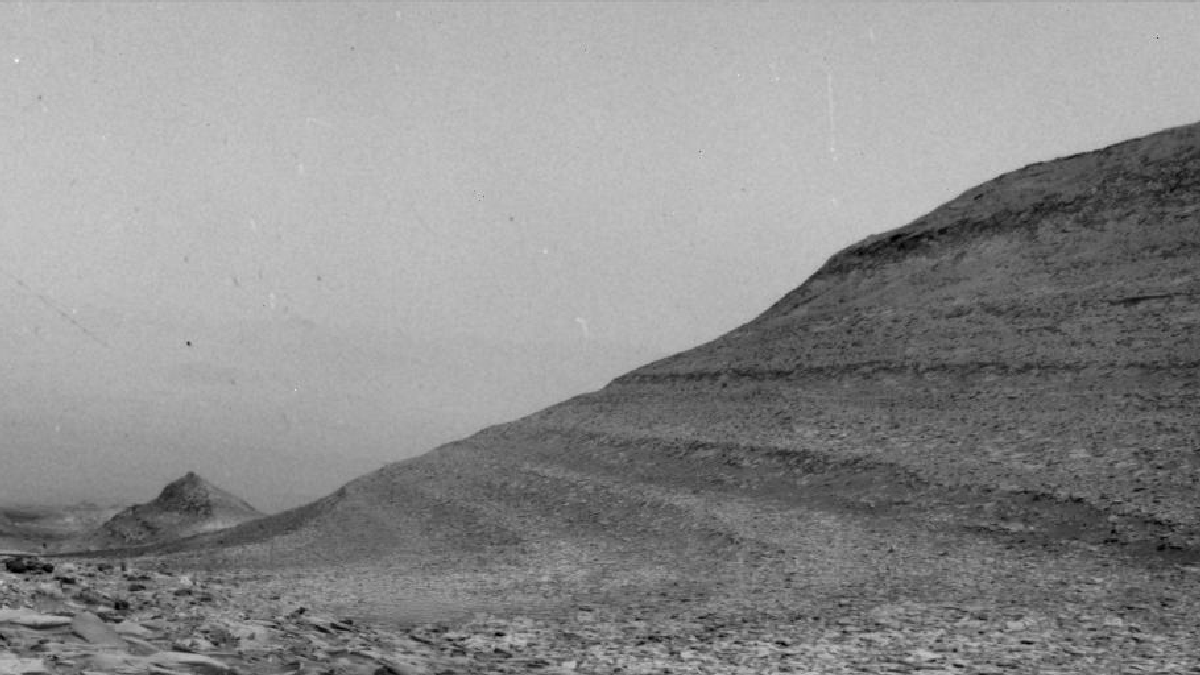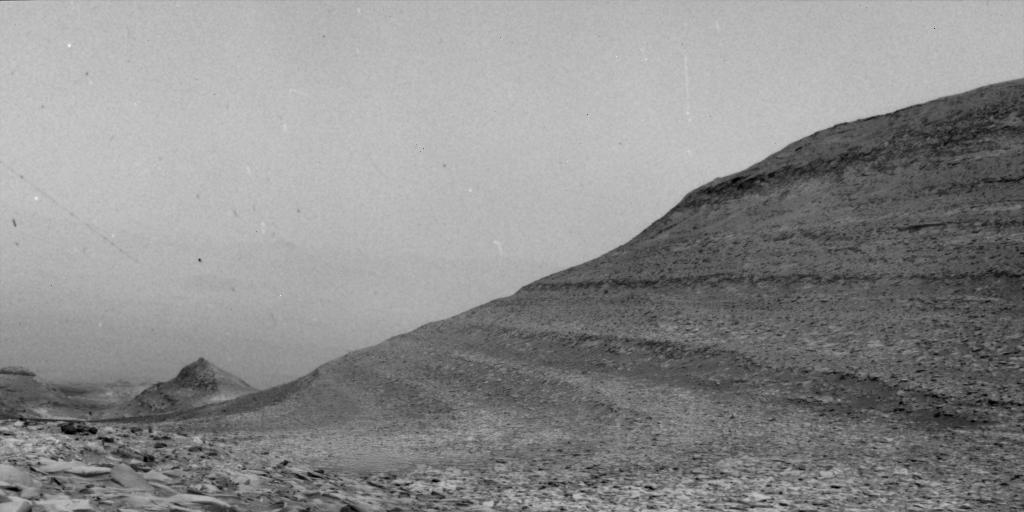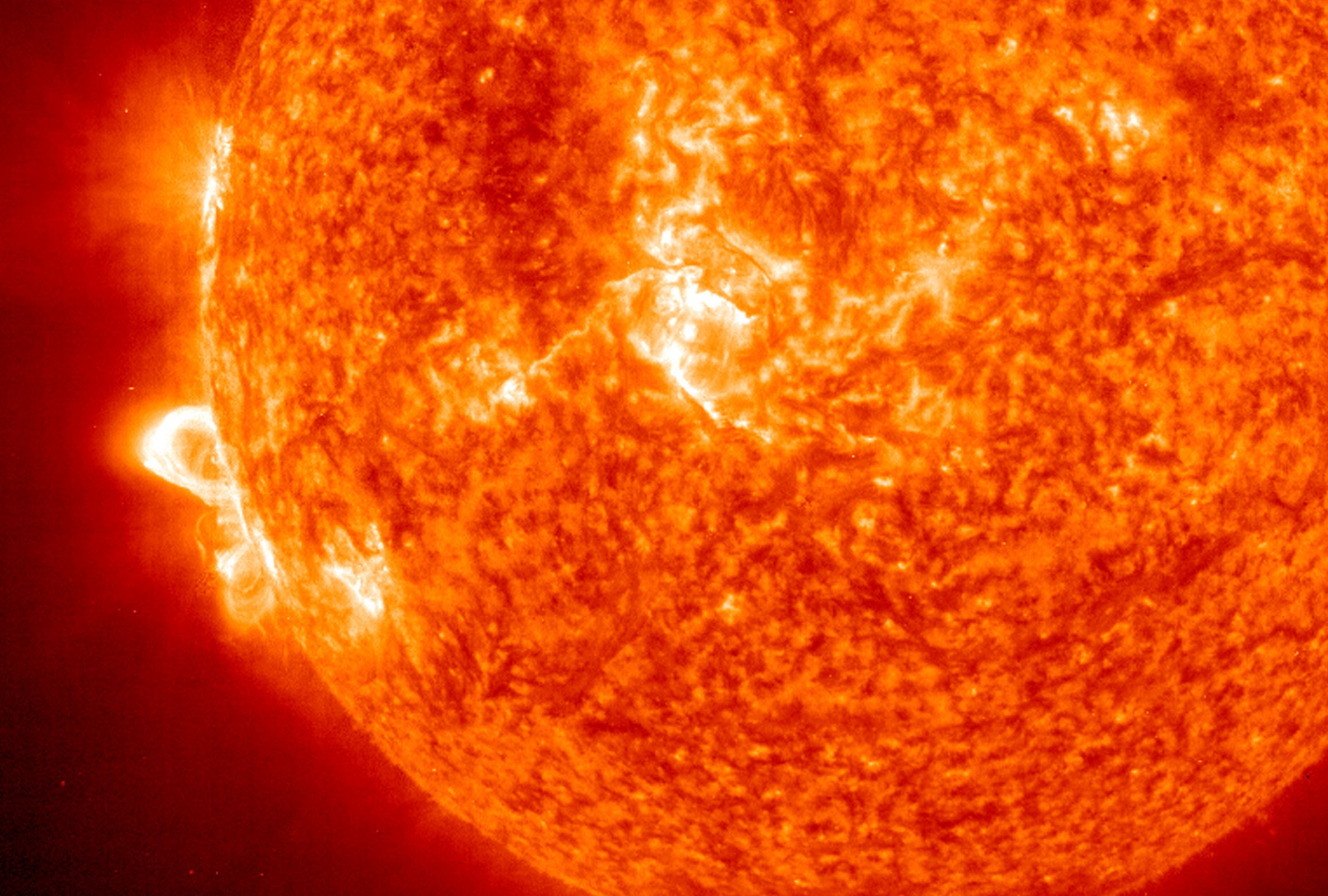
Recent solar outbursts from the Sun have triggered dramatic auroras on Mars, providing valuable insights for future astronaut missions to the Red Planet. In May 2024, NASA's Solar Orbiter recorded an X12 solar flare, the strongest type of solar flare, which sent charged particles and radiation towards Mars at the speed of light. The Moon to Mars Space Weather Analysis Office at NASA's Goddard Space Flight Center tracked these particles arriving on Mars within tens of minutes.
NASA's Curiosity rover captured the aftermath of a solar storm on Mars using its navigation cameras, recording white streaks and specks caused by charged particles hitting the cameras. The Martian robot also measured the largest surge of radiation reaching Mars, detecting a dose equivalent to 30 chest X-rays for an astronaut on the surface.
NASA's MAVEN orbiter observed auroras on Mars using its Solar Energetic Particle instrument. These events occurred as part of the Sun's 11-year cycle, which is currently approaching solar maximum with increased sunspots, solar flares, and coronal mass ejections.
The largest dose of radiation detected by Curiosity rover during its 12-year mission offers valuable information for future astronaut missions to Mars. Potential shelter options include cliffsides or lava tubes that could provide additional shielding from solar events.
Earth also experienced its own set of auroras during the same solar storm, causing disruptions in the power grid and radio blackouts among other technologies. NASA plans to land astronauts on Mars in the 2030s, and understanding radiation exposure is crucial for their safety.
The Sun goes through an 11-year cycle of activity, with solar maximum occurring approximately every 11 years. During this period, the Sun releases a wide range of energetic particles that can reach Mars and cause auroras. These events offer scientists a unique opportunity to study space weather and radiation exposure in deep space.






